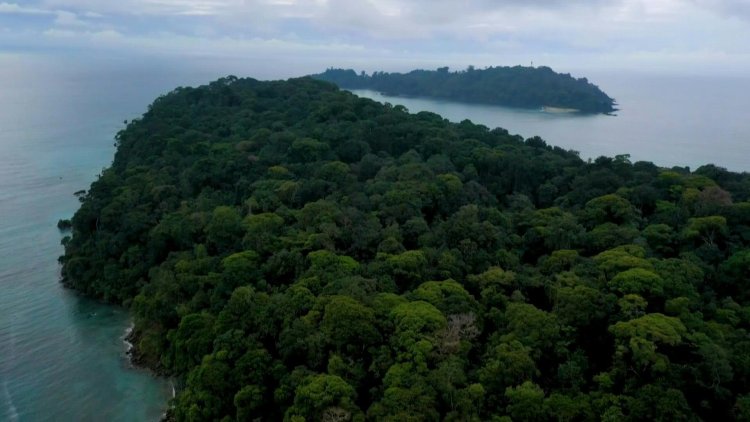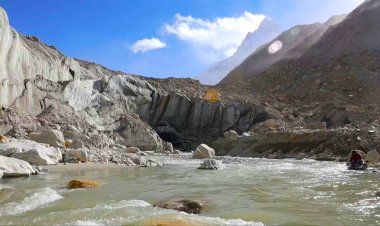Colombia's forgotten Alcatraz: the island prison of Gorgona

At the end of October, a presidential candidate stirred up old memories when proposing to send corrupt politicians to Colombia's notorious former island prison of Gorgona.
No one took the threat seriously but it did pique interest about a little known part of Colombia's history that could be compared to Alcatraz or Robben Island.
Right up until 1984, this 26 square kilometer island situated 55 kilometers (34 miles) off Colombia's Pacific coast was a tragic place where political prisoners and dangerous criminals were sent to serve out their sentences, sometimes until death.
Far from prying eyes, among several species of venomous snakes, prisoners were left to suffer their fate at the hands of the island's brutal guards or violent fellow inmates.
"Damn this place," wrote one former inmate in a poem.
These days, only a few crumbling walls of the prison remain on an island that attracts a small amount of eco-tourism, mostly for scuba-diving or to explore its incredible biodiversity.
The only way to reach Gorgona is a two-hour boat ride from the coastal town of Guapi, hidden amongst mangroves.
Gorgona is a humid mass of volcanoes and jungle, with daily rain and waters teeming with dolphins and whales.
It was discovered in 1526 by Spanish conquistadors, who lost 87 men to venomous snake bites within a few months of arriving.
It was thus named after Medusa, a gorgon in Greek mythology whose hair was made of snakes and who could turn people to stone by looking into their eyes.
For a time it was a pirate haven before passing into private hands. The Colombian state appropriated it in the 1960s to build the prison.















